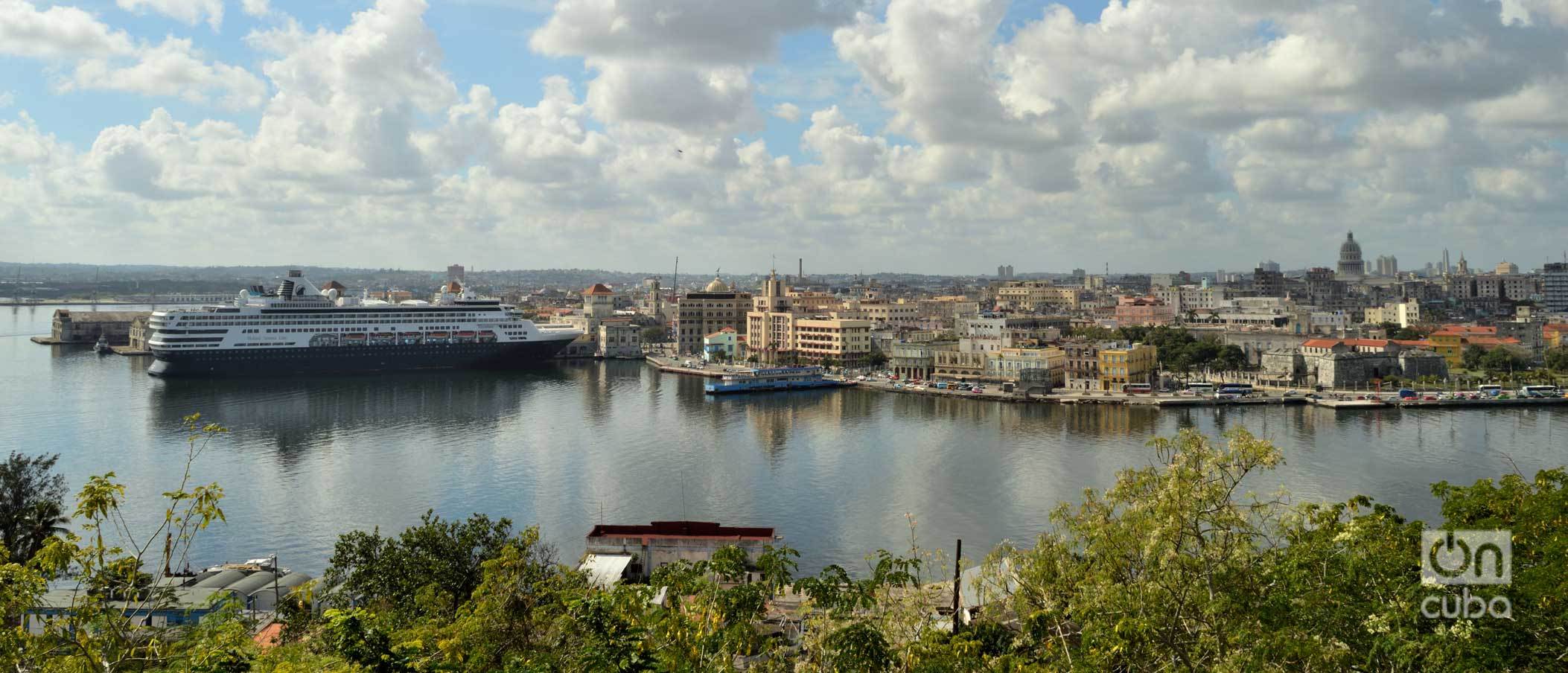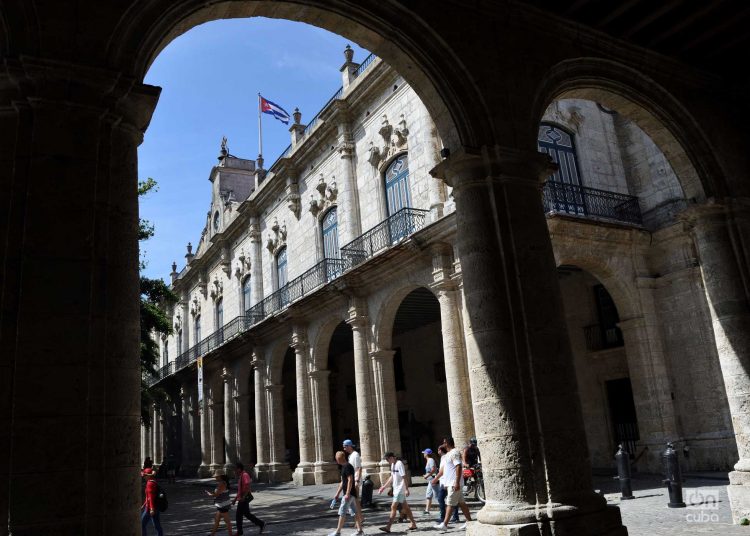It was the last of seven townships founded in Cuba during the second decade of the sixteenth century. In a short time, thanks to its port and strategic geographic location with easy access to the Gulf Stream, it became one of the most important cities in the Americas, along with Mexico City and Lima.
Initially, and for centuries thereafter, Havana was the Spanish crown’s largest shipyard. Later it was a convening point for the Royal Fleet’s navigation to the peninsula, given the prevalence of corsairs and pirates in the Caribbean Sea. Dozens of ships loaded with gold, silver and treasures from South and Central America would dock for long stays in Havana until, once united, they would sail to Spain escorted by heavily armed ships. These circumstances turned Havana into a hub for trade, lodging, and provision of food and water, in addition to gambling dens and other distractions for sailors and travelers.

It was necessary, then, to fortify the town to avoid the ravages of looting and fires that it was subjected to during the continuous pirate attacks. The Castillo de la Real Fuerza, built in 1560, is a magnificent example of Renaissance military architecture, unmatched in this part of the world. Its two eternal guardians were built in the 1590s at the entrance of the port: La Punta and the imposing Castillo del Morro.
Despite the fact that the walled city was thus guarded by land and sea, the English crown occupied it for 11 months in 1762. Constant protection required building the great fortress of San Carlos de la Cabaña on the hill dominating the port and the coast, the largest fortress in all of Spanish America. In two other nearby elevations, the Spaniards also built the castles of Atarés and Príncipe, in addition to the various forts and towers along several coastal kilometers.1
As trade continued to develop, large, baroque-style government buildings were erected, such as the Palace of the Captains General and that of the Second Corporal; the Cathedral is the greatest example of this style despite being less ornately decorated than those in countries with rich pre-Columbian traditions.
Today, large mansions with beautiful interior courtyards, stained-glass windows with multiple designs and colors, as well as the elaborate ironwork on windows and balconies, reveal the richness and architectural diversity of Colonial Havana. The five main squares offered the best in urbanism at the time.
In the mid-nineteenth century, the city walls were torn down to allow for expansion to the west and south. Noteworthy examples are the Villalba and Aldama mansions, the latter the most notable neoclassical building of that era.
Constructions thereafter were of a rich and varied eclecticism until the first decades of the twentieth century. The Capitol building, the Presidential Palace, and several societies, hotels and sumptuous mansions are excellent examples, although thousands of anonymous houses that comprised the cityscape of those times, offer remarkable variety and wealth. Kilometers of portals with very different arches and columns protect passersby on Havana’s streets, an identifying feature of the city.
A refined art nouveau style can be found in several homes scattered throughout the capital and, by the 1930s, art deco was used in offices, homes and theaters. The Bacardí building is the most comprehensive example.
The modernist movement, beginning in the 1940s, manifested through countless examples of very good domestic, commercial and governmental architecture, to open the 1950s with various new construction programs that both compacted the city, on the one hand and, on the other, expanded it. Hotels, casinos, and skyscrapers shaped the image of the city we have today.
Havana did not suffer the culture of demolition that dominated other American cities. However, there were embarrassing razings, such as the Convent of San Juan de Letrán, where a horrendous four-level white “box” became the Ministry of Finance, a few steps from the stately Palace of the Captains General.
Luckily, the 1950s-era plan by the famous Catalan architect Josep Luis Sert —to destroy spaces in the historic center and replace them with large blocks of modern architecture— never got off the ground.
In recent decades, the Office of the Historian has done superlative work: ruins have been rescued and transformed, thanks to which we can enjoy the Havana that was and is.

Havana soon celebrates a half-millennium. In 2014, it was selected —from a list of 1,200— as one of the seven wonder cities of the world.
Glorified or ignored, loved by many and forgotten by others, defended and rejected, this is a contradictory city, not as well-conserved as we would like. Cuba’s capital city has great potential; it’s quiet and safe, with unusually little traffic. Children run around in parks, neighbors play dominoes on the sidewalks and talk to each other from fourth-floor windows and balconies, vendors and musicians lend to the soundscape: this is the Havana that must be preserved, without limiting its beauty, regeneration, and growth.
This is the Havana we want, a lesson in the history of architecture: without overly tall constructions, glazed surfaces, or cars polluting the environment and leaving common citizens at a clear disadvantage.
The bay, currently with less commercial port activity, leaves large industrial facilities of high heritage value with immense potential to be repurposed and integrated into the activities of daily life. It could thus become a large water plaza, several square kilometers with a maritime transport linking its perimeter, with cruise ships and yachts sailing and docking in future marinas, and an unpolluted and sustainable coastline stretching over 18 kilometers. A friendly city for its inhabitants and for those who visit us.
*This article was originally published in the 54th edition of OnCubaTravel Magazine
Notes:
[1] This set of constructions, the largest and most important in the Americas, was located next to the Historic Center of Havana and was declared a World Heritage Site by UNESCO in 1982.














